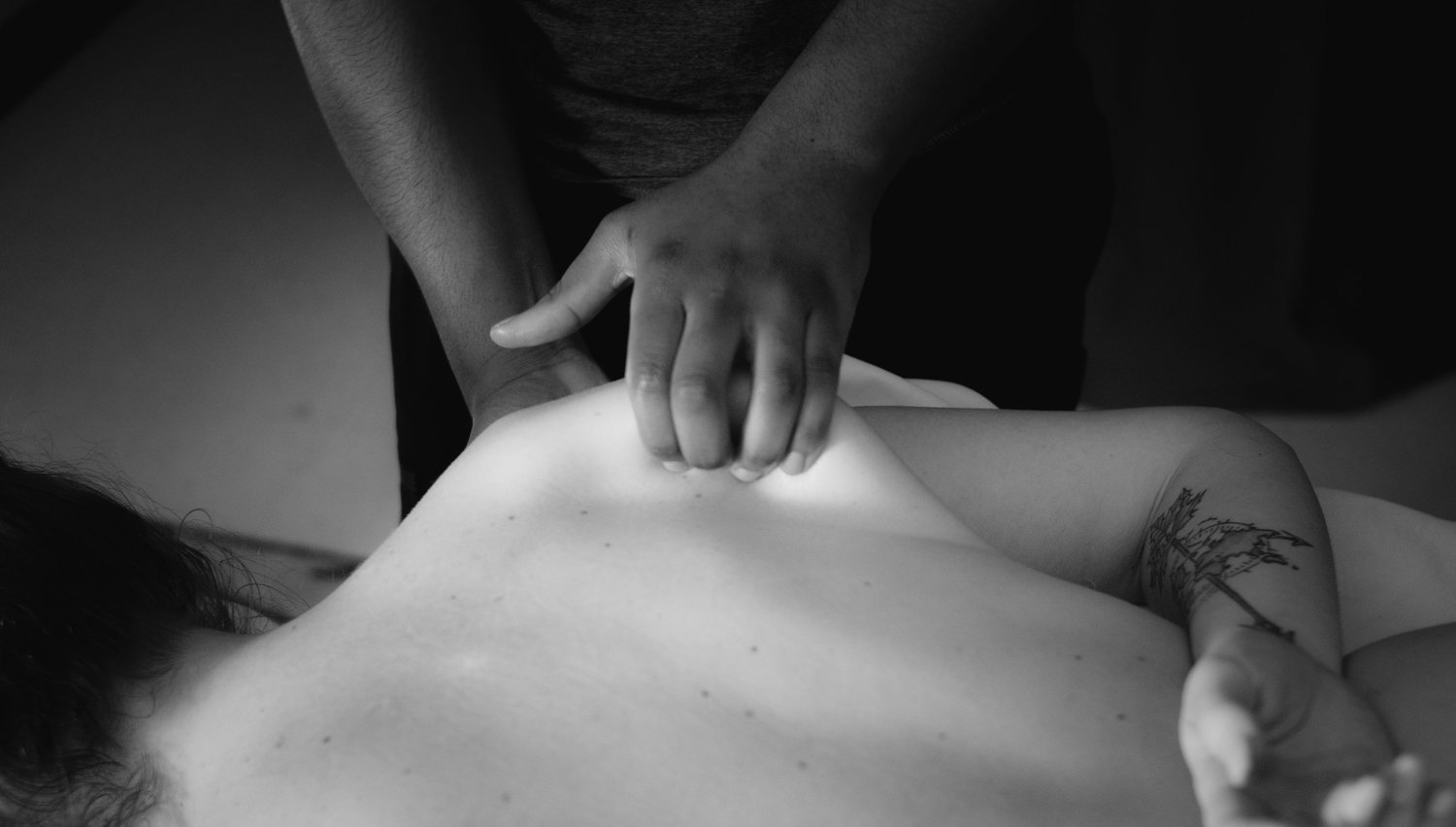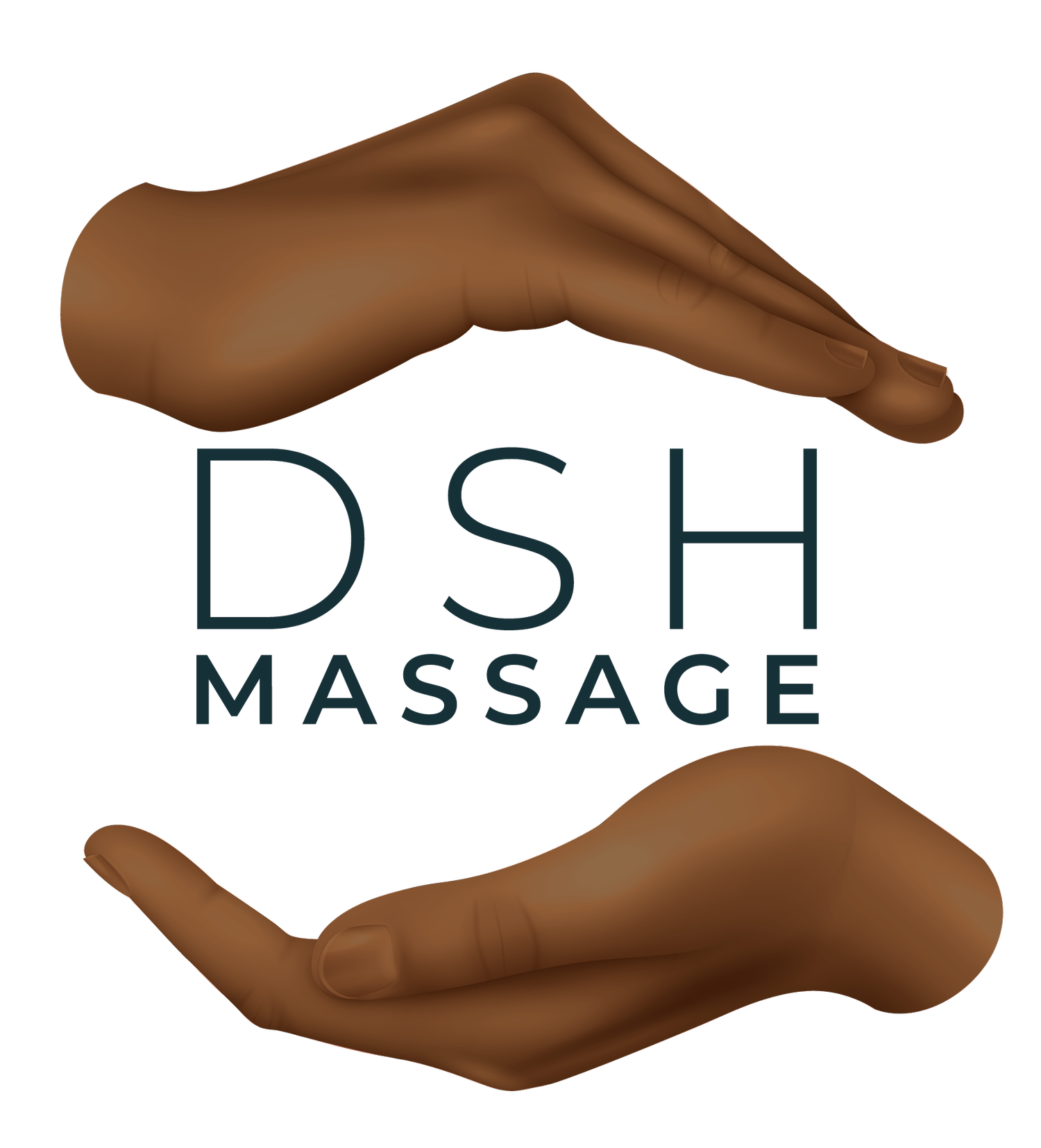
Focused. Goal Oriented. Clinical Massage.
Clinical massage is meant for those seeking a natural, nonsurgical solution to musculoskeletal injury and/or dysfunction. The purpose of Deep Surface Healing Massage is to assist the body in its own ability to arrest and reverse irregular movement patterns and maintain quality of life.
Why Clinical Massage?
It’s simple. We want answers to “WHY” we are in pain. I use a wide range of assessment techniques to map out “where/how” your dysfunction originates so that together we create an optimal strategy against it.
A Clinical massage is about more than feeling good, its about feeling better. Choose the experience that offers you answers on where your pain comes from and how to properly manage it around daily life and occupation.
Pre Assessment (O.S.L.A.)
The very first step to understanding pain is to look to your own way of living. The OSLA assessment maps your body’s movements through 4 main areas of life.
Occupation- Do you/stand/lean/kneel during your working hours and for how long? Have you considered what you are conditioning to body to be comfortable with and how it can be detrimental?
Sleep-Side/back/stomach sleeper? What position are your arms/knees in? How do they reflect your daily activities? Why are you not able to sleep in a better position?
Lounge- When not working or sleeping.. what type of chair do you relax in when the workday is over? What does the only comfortable way to relax say about your body’s health?
Activities- Hobbies? Gardening/knitting/cooking/training? What demands are you consistently putting on your muscles/joints and are you properly resting/strengthening them?
The Massage
After assessment, we can begin a target focused massage to the affected regions. You will be required throughout the session to give feedback. The subjective information you give is important when factoring the progress of your therapy and meeting your massage goals. PAIN IS A LANGAUGE!! Clinical massage is not about causing harm or applying the most pressure you can stand. The appropriate amount is governed by the environment of the muscle so communication is key. “No pain, No gain" is long proven myth and has no place in my practice.
Post Assessment
Here, following the massage you will be asked to perform the same movement patterns in the pre-assessment. Any changes in comparison to the pre-assessment are recorded and used to calculate how to go forward. It is very common to have inflammation levels drop and range of motion increase significantly post massage however, immediate results will vary on the severity of the case.
The Plan
This is where it comes together. The information given by you before and after the massage combined with the information taken by myself from each of the previous steps will conclude in a recommended plan of how frequently massage should be performed and the length of each session.

